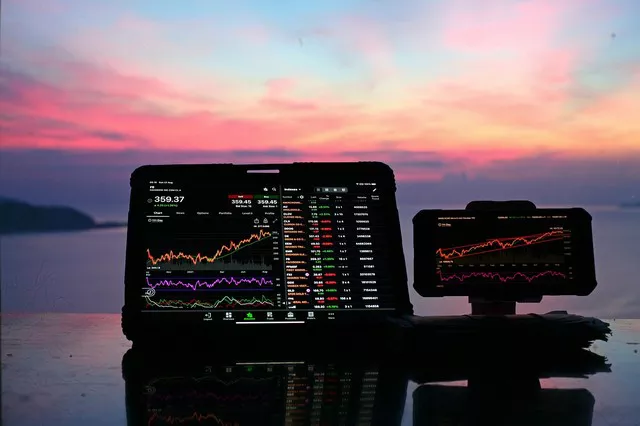Economic Indicators and Data
Geopolitical Events and Global Uncertainties
Market Sentiment and Speculation
Supply and Demand Dynamics
Interest Rates and Monetary Policy
Currency Exchange Rates
Weather and Natural Events
Technological Advancements and Market Access
Government Policies and Regulations


